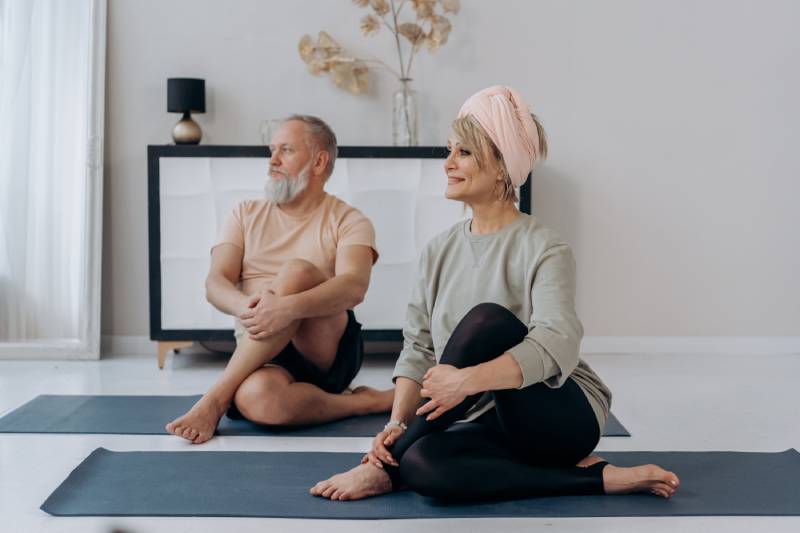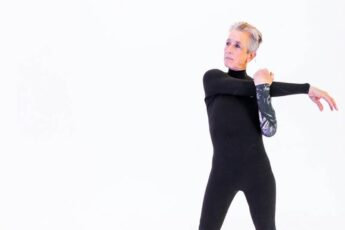As we age, maintaining physical strength and agility becomes increasingly important for overall health and well-being. That’s where a physical trainer specialized in senior fitness comes in. With their expertise in developing personalized exercise programs, they play a crucial role in helping seniors stay strong and agile.
At Local Trainer, we understand the unique fitness needs of older adults. Our team of highly trained physical trainers is dedicated to improving the quality of life for seniors through tailored exercise regimens. We believe that age is just a number, and with the right training and guidance, seniors can defy the odds and achieve their fitness goals.
Our physical trainers not only focus on strength and agility but also on balance, flexibility, and cardiovascular fitness. They design safe and effective workouts that target muscle strength, endurance, and bone density, helping seniors stay active and independent for longer.
Whether you’re a senior looking to improve your fitness or a caregiver searching for professional assistance, our physical trainers are here to support you every step of the way. Don’t let age hold you back from living a vibrant and active life. Contact Local Trainer today and start your journey towards improved strength and agility.
The importance of senior fitness
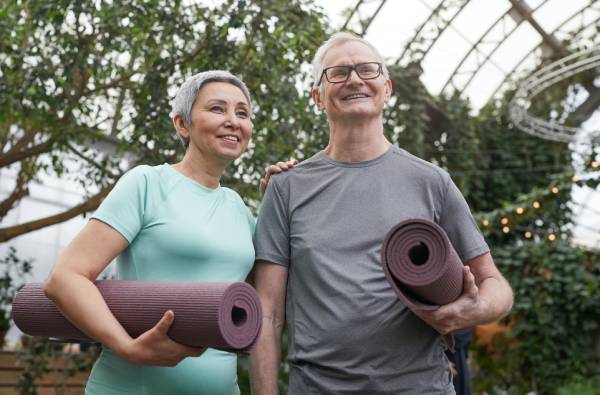
Senior fitness is essential for maintaining a high quality of life as we age. Regular exercise has been proven to have numerous physical and mental health benefits for older adults. It helps to improve cardiovascular health, build muscle strength, increase flexibility, enhance balance and coordination, and even reduce the risk of falls and injuries. Additionally, exercise can contribute to better cognitive function, improved mood, and a reduced risk of chronic diseases such as heart disease, diabetes, and certain types of cancer.
However, many seniors face unique challenges when it comes to fitness. Age-related changes in muscles, bones, and joints can make exercise more difficult and increase the risk of injury. This is where an elderly specialized physical trainer becomes invaluable. They have the knowledge and experience to create tailored exercise programs that address these challenges and help seniors overcome them. With the right guidance, seniors can maintain and even improve their physical fitness, allowing them to enjoy a more active and independent lifestyle.
It’s important to note that senior fitness is not just about physical health. It also plays a significant role in mental and emotional well-being. Regular exercise can boost self-confidence, reduce stress and anxiety, improve sleep quality, and enhance overall mood and happiness. By engaging in exercise programs designed specifically for seniors, older adults can experience a range of physical, mental, and emotional benefits that contribute to a higher quality of life.
What is a physical trainer?
A physical trainer, also known as a personal trainer, is a fitness professional who specializes in creating and implementing exercise programs for individuals of all ages and fitness levels. They are trained to assess their clients’ fitness needs and goals and develop personalized workout plans to help them achieve optimum results.
In the context of senior fitness, a physical trainer with specialized knowledge and experience in working with older adults can provide invaluable guidance and support. They understand the unique challenges and considerations that come with aging and can tailor exercise programs to address them effectively.
Physical trainers are not only knowledgeable about exercise techniques and program design but also about anatomy, physiology, and nutrition. They can provide guidance on proper form and technique, as well as offer advice on nutrition and lifestyle changes that can enhance overall health and fitness.
When working with seniors, physical trainers prioritize safety and injury prevention. They have a deep understanding of age-related changes in the body and are skilled at modifying exercises to accommodate any physical limitations or health conditions. By working with a physical trainer, seniors can exercise with confidence, knowing that they are engaging in activities that are safe, effective, and tailored to their specific needs.
Benefits of hiring a physical trainer for seniors
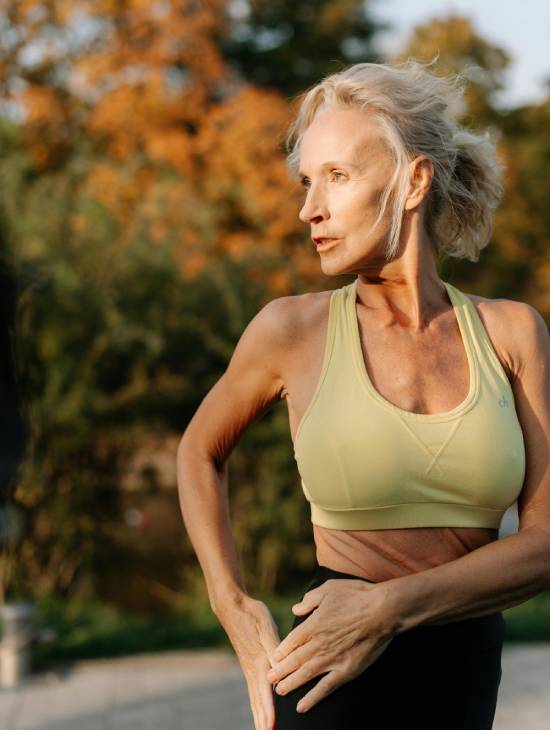
Hiring a physical trainer specialized in senior fitness offers a multitude of benefits for older adults. Here are some key advantages:
1. Personalized Exercise Programs: Physical trainers assess the unique fitness needs, goals, and limitations of seniors and create customized exercise programs that address their specific requirements. This personalized approach ensures that seniors are engaging in exercises that are safe, effective, and enjoyable.
2. Safety and Injury Prevention: Physical trainers have the knowledge and expertise to create exercise programs that prioritize safety and injury prevention. They can modify exercises to accommodate any physical limitations or health conditions, reducing the risk of accidents or injuries.
3. Motivation and Accountability: Regular exercise can be challenging, especially for seniors. A physical trainer provides motivation, support, and accountability, helping seniors stay committed to their fitness goals. They can also offer guidance on overcoming obstacles and staying motivated in the long run.
4. Proper Technique and Form: Performing exercises with proper technique and form is essential for maximizing results and minimizing the risk of injury. Physical trainers ensure that seniors are executing exercises correctly, providing guidance and corrections as needed.
5. Progress Monitoring and Adjustments: Physical trainers track the progress of their clients and make necessary adjustments to their exercise programs. This ensures that seniors continue to make progress and avoid plateauing, keeping their workouts challenging and effective.
6. Variety and Fun: Physical trainers introduce variety and fun into seniors’ exercise routines, keeping them engaged and motivated. They can incorporate a range of exercises and activities to prevent boredom and make workouts enjoyable.
By hiring a physical trainer specialized in senior fitness, older adults can experience these and many other benefits that contribute to improved physical health, enhanced mental well-being, and a better overall quality of life.
Physical trainer qualifications and certifications
To ensure that you’re working with a qualified and competent physical trainer, it’s important to consider their qualifications and certifications. Look for trainers who have obtained certifications from reputable organizations, such as the National Academy of Sports Medicine (NASM), the American Council on Exercise (ACE), or the National Strength and Conditioning Association (NSCA).
These certifications demonstrate that the trainer has completed a comprehensive training program and has met certain standards of knowledge and competency. They also require trainers to maintain their certification through continuing education, ensuring that they stay up to date with the latest research and best practices in the field.
Additionally, it’s beneficial to choose a physical trainer who has experience and expertise in working with seniors. Look for trainers who have a track record of successfully helping older adults achieve their fitness goals and who have a deep understanding of the unique challenges and considerations that come with aging.
Taking the time to research and choose a qualified physical trainer will ensure that you receive the highest level of care and guidance in your fitness journey.
Assessing the fitness needs of seniors
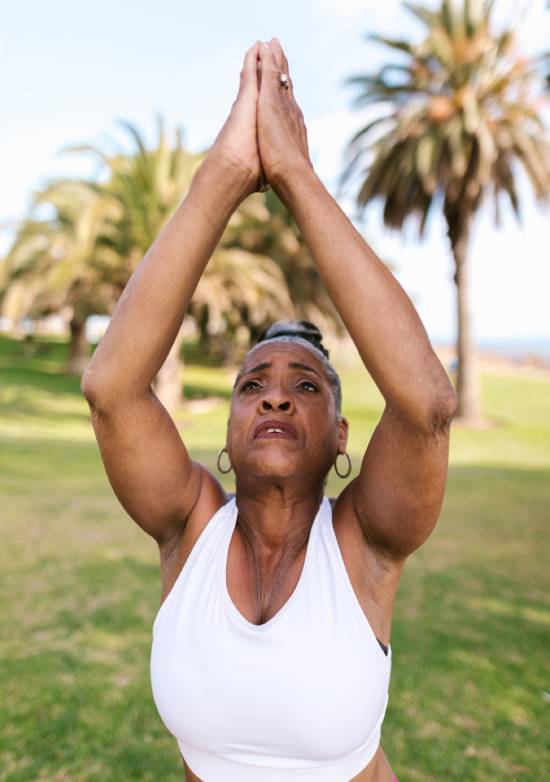
Before designing a personalized fitness program for seniors, a physical trainer must first assess their clients’ fitness needs and goals. This assessment is crucial in understanding the seniors’ current fitness level, identifying any physical limitations or health conditions, and determining the appropriate starting point for their exercise program.
The assessment process typically involves a combination of interviews, questionnaires, and physical evaluations. The physical trainer will gather information about the seniors’ medical history, current fitness level, exercise preferences, and any specific goals they may have. They may also perform physical tests to evaluate strength, flexibility, balance, and cardiovascular fitness.
By conducting a thorough assessment, physical trainers can gather the necessary information to develop a personalized exercise program that addresses the seniors’ unique needs and goals. This ensures that the exercise program is safe, effective, and tailored to the seniors’ specific requirements.
Designing a personalized fitness program for seniors
Once the assessment is complete, the physical trainer can begin designing a personalized fitness program for seniors. This program will take into account the seniors’ fitness needs, goals, and any physical limitations or health conditions identified during the assessment.
A well-designed senior fitness program should include a combination of cardiovascular exercise, strength training, flexibility exercises, and balance training. Each component plays a crucial role in maintaining overall fitness and addressing the specific needs of older adults.
- Cardiovascular exercise, such as walking, swimming, or cycling, helps to improve heart health, increase endurance, and burn calories.
- Strength training, using weights or resistance bands, helps to build muscle strength and maintain bone density, reducing the risk of osteoporosis and fractures.
- Flexibility exercises, such as stretching or yoga, improve joint mobility and muscle flexibility, enhancing overall range of motion.
- Balance training exercises, such as standing on one leg or using a stability ball, help to improve balance and coordination, reducing the risk of falls.
The physical trainer will carefully select exercises and activities that are appropriate for the seniors’ fitness level and goals. They will also consider any physical limitations or health conditions, modifying exercises as needed to ensure safety and effectiveness.
Incorporating strength training for seniors
Strength training is an essential component of a well-rounded senior fitness program. It helps to build muscle strength and maintain bone density, reducing the risk of muscle loss, osteoporosis, and fractures. Additionally, strength training can improve balance, enhance mobility, and increase overall functional fitness, making everyday activities easier and reducing the risk of falls.
When incorporating strength training into a senior fitness program, physical trainers consider the seniors’ fitness level, physical limitations, and goals. They select exercises that target major muscle groups, such as the legs, arms, back, chest, and core, using a combination of bodyweight exercises, resistance bands, and weights.
The physical trainer ensures that the seniors are using proper form and technique, providing guidance and corrections as needed. They also modify exercises to accommodate any physical limitations or health conditions, ensuring that the seniors can safely engage in strength training.
Strength training exercises for seniors may include squats, lunges, push-ups, bicep curls, tricep extensions, shoulder presses, and planks, among others. The physical trainer will design a program that includes a variety of exercises to target different muscle groups and provide a well-rounded strength training experience.
By incorporating strength training into their fitness routine, seniors can improve muscle strength, maintain bone density, and enhance overall functional fitness, allowing them to stay active and independent for longer.
Promoting flexibility and balance in senior fitness
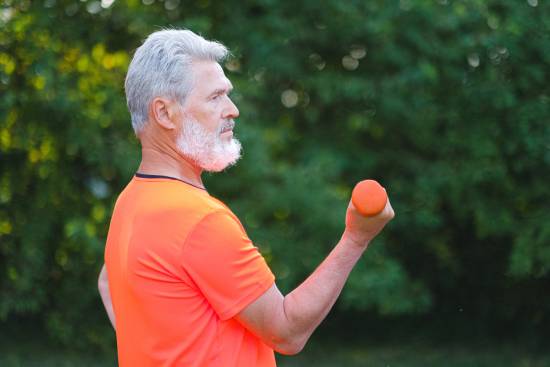
Flexibility and balance are crucial aspects of senior fitness. Maintaining good flexibility helps to improve joint mobility, reduce the risk of injuries, and enhance overall range of motion. Balance, on the other hand, is essential for everyday activities and helps to prevent falls and injuries.
Physical trainers understand the importance of flexibility and balance for seniors and incorporate exercises that target these areas into their fitness programs. They select exercises that improve flexibility and enhance balance, taking into account the seniors’ fitness level, physical limitations, and goals.
Flexibility exercises for seniors may include stretching, yoga, tai chi, or Pilates. These exercises help to improve muscle flexibility, joint mobility, and overall range of motion. The physical trainer will guide the seniors through proper stretching techniques and modifications as needed, ensuring that they safely engage in flexibility exercises.
Balance training exercises for seniors may include standing on one leg, walking heel-to-toe, using a stability ball, or performing yoga poses that challenge balance. These exercises help to improve stability, coordination, and overall balance, reducing the risk of falls. The physical trainer will provide guidance and support to ensure that seniors can safely perform these exercises and improve their balance over time.
By incorporating flexibility and balance training into their fitness routine, seniors can enhance their overall physical fitness, reduce the risk of injuries, and enjoy a higher quality of life.
Monitoring progress and adjusting the fitness program
Monitoring progress and making necessary adjustments to the fitness program is a crucial aspect of working with a physical trainer. Physical trainers track their clients’ progress to ensure that they are making steady gains and achieving their fitness goals.
Based on the progress assessment, physical trainers can make adjustments to the seniors’ fitness program. This may involve increasing the intensity or difficulty of exercises, introducing new exercises or activities, modifying the program to address specific weaknesses or limitations, or adjusting the overall structure of the program.
By making these adjustments, physical trainers ensure that the seniors continue to challenge themselves and make progress towards their fitness goals. This keeps the workouts engaging and effective, preventing plateauing and maintaining motivation.
Regular communication between the physical trainer and the seniors is also essential in monitoring progress and making adjustments. Seniors should provide feedback on their experience, any challenges encountered, and their overall satisfaction with the program. This open line of communication allows the physical trainer to address any concerns and make necessary changes to ensure the seniors’ success.
Local Trainer US

